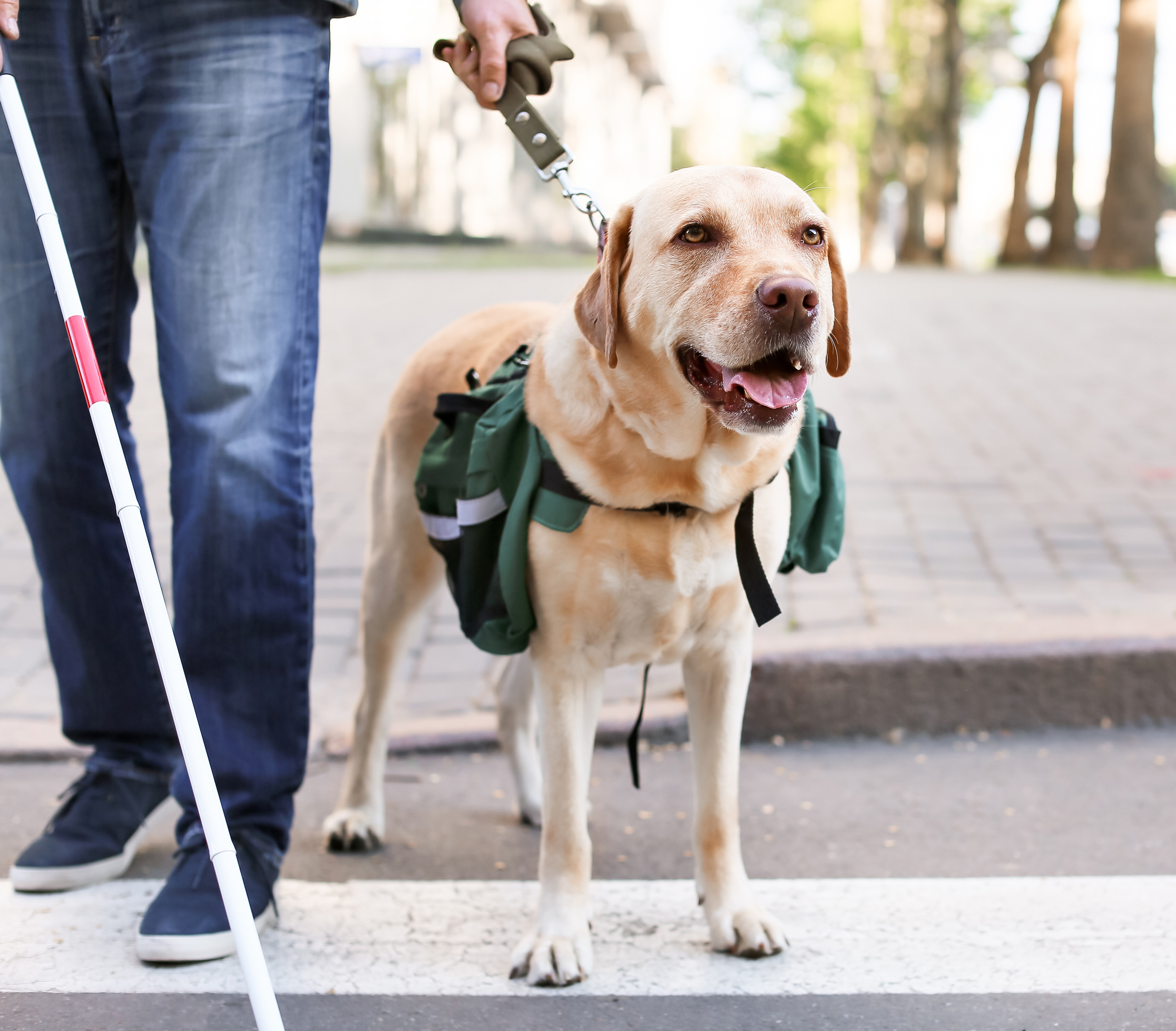The need for clear, consistent terminology around assistance dogs has become more critical than ever, especially as individuals with disabilities rely on these essential companions for independence and support in a variety of settings.
Recognizing this need, CEN has introduced a groundbreaking new standard: EN 17984-1:2024 ‘Assistance Dogs - Part 1: Vocabulary’. This standard is a crucial first step toward harmonizing understanding and communication around assistance dogs across Europe, setting the foundation for broader support and accessibility.
A standardized vocabulary for assistance dogs
EN 17984-1 addresses a significant gap by establishing a precise and standardized vocabulary for the world of assistance dogs. It introduces terms that distinguish between different types of assistance dogs, from guide dogs and hearing dogs to autism assistance dogs and clarifies the roles of professionals who work with them. The vocabulary also includes critical terminology related to health, disabilities, social welfare, and the dog's entire lifespan—ensuring a comprehensive lexicon for this unique sector.
Additionally, this new standard establishes common language around the conformity assessment process, offering clear definitions to promote consistency in training, certification, and use of assistance dogs. This effort aims to smooth communication across countries, making sure that professionals, trainers, and organizations are aligned in how they refer to and assess assistance dogs and their services.
A milestone in the field of assistance dogs
The publication of EN 17984-1 is a significant milestone. In a sector lacking specific EU legislation, this standard provides an essential reference, helping bridge regional differences and fostering a shared understanding of terms across Europe.
This new standard builds on the earlier CEN Workshop Agreement (CWA) 16979:2016, which laid out guidelines for dog training professionals, defining essential knowledge, skills, and competencies. This earlier agreement paved the way for EN 17984-1, marking the first formal step by CEN’s Technical Committee 452 ‘Assistance Dogs’ (CEN/TC 452) toward comprehensive, standardized requirements for assistance dog services across Europe.
Key Benefits and Future Goals
The impact of EN 17984-1 goes beyond terminology. By providing a European reference, this standard empowers both assistance dog users and service providers with a common language. If widely adopted, it could lead to more consistent, reliable practices across countries, allowing terms like "seizure assistance dog" to hold the same meaning across borders. This consistency could enhance trust in assistance dog services, benefiting users regardless of their location in Europe.
Looking ahead, the EN 17984 series aims to increase awareness of the challenges assistance dog users face, such as traveling between countries, accessing public spaces, and managing the unique needs of their animals. The ultimate goal is to gain formal recognition from European institutions, which would be a major step toward harmonizing assistance dog standards across the EU. Such recognition would support a safer, more inclusive environment for assistance dog users across Europe.
What’s Next for CEN/TC 452?
On the basis of this first, groundbreaking standard, CEN/TC 452 ‘Assistance Dogs’ will continue to expand the EN 17984 series, working to create standardized requirements across all facets of the assistance dog sector. Future parts of the series will address the proper training, welfare, and certification of assistance dogs, aiming to support the safety and inclusion of people with disabilities - primarily but not only those who are visually impaired.
Beyond practical applications, these standards play an essential role in educating the public about assistance dogs. For example, they outline why assistance dogs should not be petted or disrupted while “on duty,” as this could lead to unsafe situations for both the dog and its handler. As these standards gain traction, they have the potential to shift societal understanding and respect for assistance dogs’ roles.
Toward Harmonized Legislation for Assistance Dog Standards
One of the biggest challenges for CEN and the assistance dog community remains the need for formal European legislation that could reinforce and harmonize these standards across the EU. With such legislation, individuals who rely on assistance dogs would be able to travel and live with fewer barriers and improved safety, benefiting from consistent recognition of assistance dogs and their handlers across all member states.
CEN’s EN 17984-1 standard represents a promising step forward for assistance dog users and service providers. By establishing a shared language and framework, this standard opens doors to enhanced cross-border support, safety, and accessibility. As CEN/TC 452 continues its work, the hope is that this series will inspire more inclusive practices and ultimately lead to official legislation that supports and validates the essential role of assistance dogs in society.




